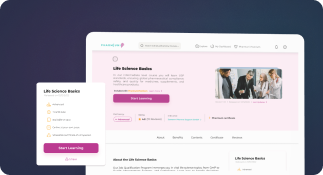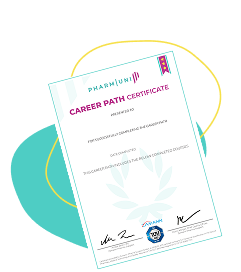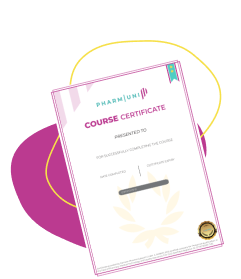Annual Product Review (APR)
Definition
An Annual Product Review (APR), also referred to as a Quality Review Report in some regulatory regions, is a systematic evaluation conducted annually for each marketed drug product. Its primary objective is to verify the consistency of the existing manufacturing process, the appropriateness of current specifications, and to identify any trends in product quality, deviations, complaints, and stability data. The APR is a critical component of a pharmaceutical company’s Quality Assurance (QA) system.
Detailed Explanation
The Annual Product Review (APR) plays a vital role in ensuring continued compliance with Good Manufacturing Practice (GMP) requirements and supports continuous process improvement. Regulatory agencies such as the U.S. Food and Drug Administration (FDA) and the European Medicines Agency (EMA) mandate the preparation and review of APRs as part of a company’s Pharmaceutical Quality System (PQS).
Purpose of the APR
The primary objectives of the APR include:
- Assessing the consistency of the manufacturing process.
- Evaluating the appropriateness of current product specifications and control strategies.
- Identifying trends in quality attributes, deviations, complaints, and stability data.
- Recommending corrective and preventive actions (CAPAs), if necessary.
- Supporting regulatory submissions and inspections.
Key Components of an APR
An effective APR typically includes the following elements:
- Batch Production Data: Review of all batches manufactured and released during the review period, including yields and deviations.
- Quality Control Results: Summary of in-process and final product testing results to detect trends or out-of-specification (OOS) results.
- Stability Data: Analysis of ongoing and completed stability studies to ensure product shelf-life remains valid.
- Complaints and Recalls: Review of customer complaints, product recalls, and returned goods.
- Regulatory Changes: Evaluation of any regulatory updates or changes that may impact the product.
- Equipment and Facilities: Summary of equipment performance, maintenance, and calibration records.
Regulatory Expectations
Regulatory guidelines such as the FDA’s 21 CFR 211.180(e) and ICH Q10 require pharmaceutical manufacturers to perform an APR for each product. In the EU, these reviews are referred to as Product Quality Reviews (PQRs) and are outlined in EU GMP Chapter 1, Section 1.10.
APR vs. PQR
While APR and PQR serve similar purposes, the terminology and specific content requirements may vary slightly:
- APR: Term commonly used in the United States, focusing on product and process consistency.
- PQR: Used in the EU and other regions, with broader emphasis on the entire product lifecycle and quality system performance.
Examples and Use Cases
Consider a pharmaceutical company that manufactures a solid oral tablet. During the APR, the QA team identifies a trend of increasing tablet hardness variability. This triggers an investigation into possible causes such as granulation process changes or equipment wear. As a result, process parameters are adjusted, and a preventive maintenance schedule is updated. This demonstrates how APRs directly contribute to product quality and patient safety.
In another case, the APR highlights a recurring deviation related to packaging component mislabeling. The company implements a barcode verification system as a corrective action. This not only resolves the issue but also enhances traceability and compliance.
Benefits of Conducting APRs
- Improves product quality and consistency.
- Enhances process understanding and control.
- Supports risk management and CAPA implementation.
- Demonstrates regulatory compliance and inspection readiness.
- Facilitates continuous improvement initiatives.



